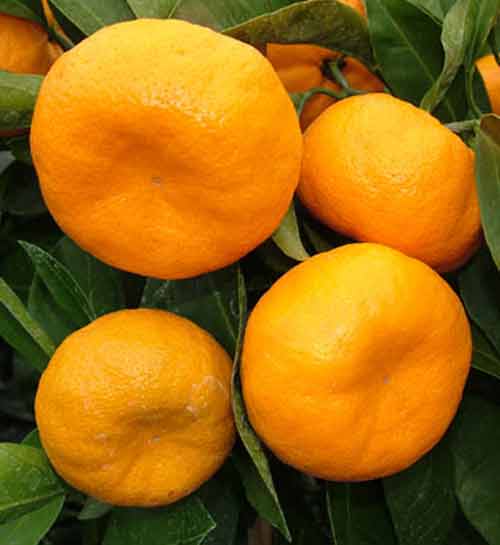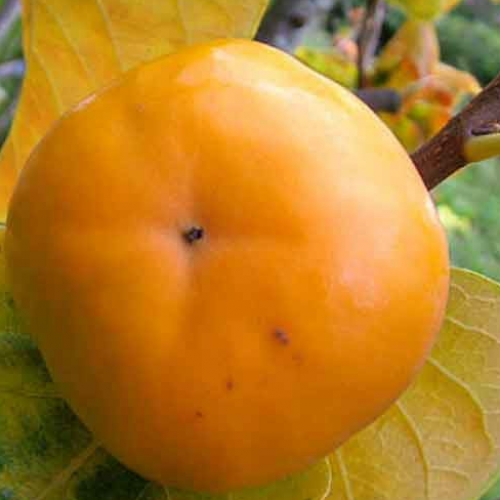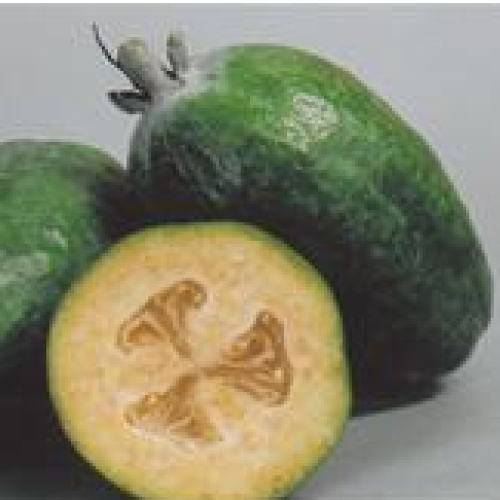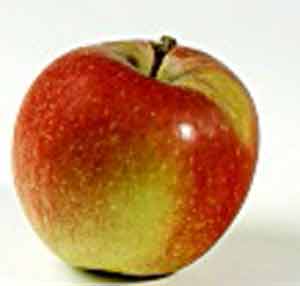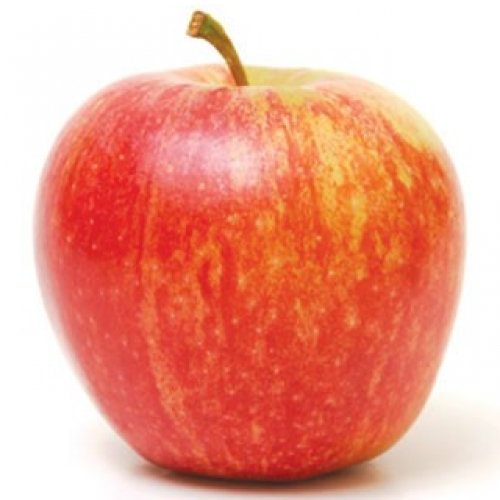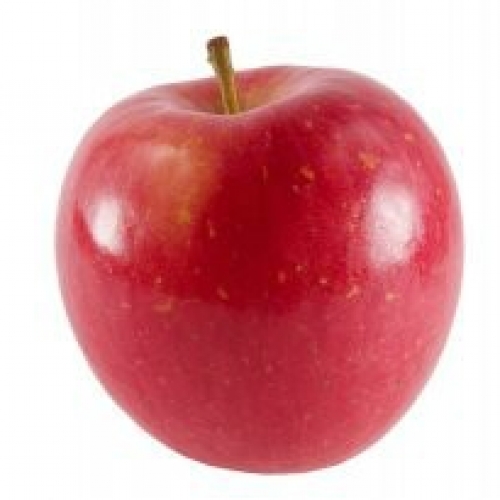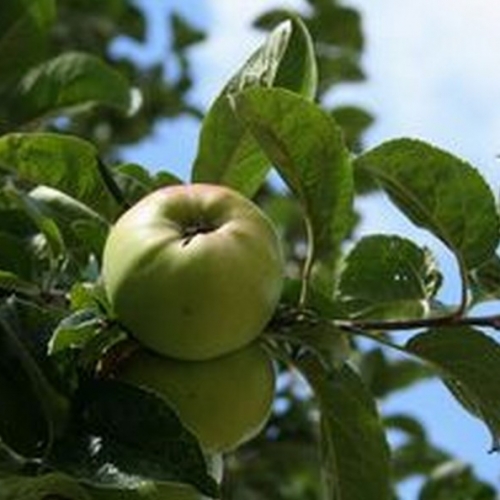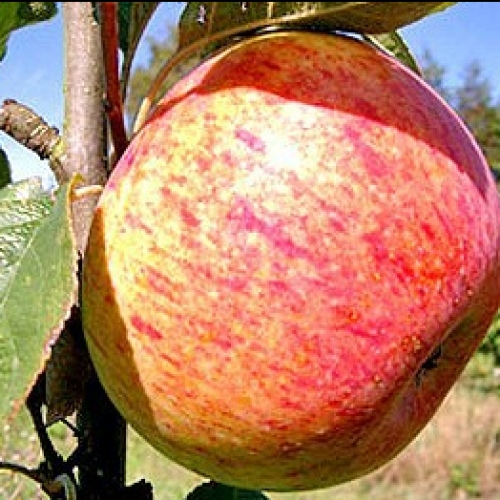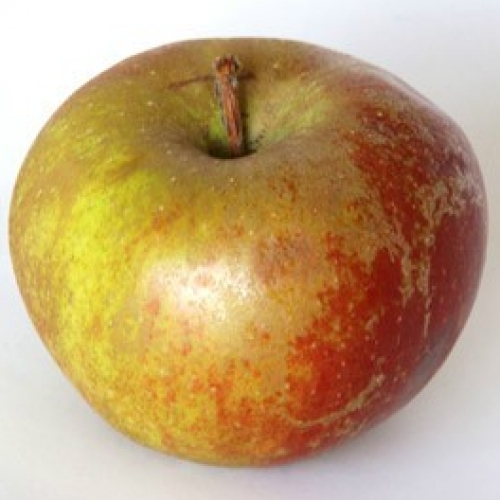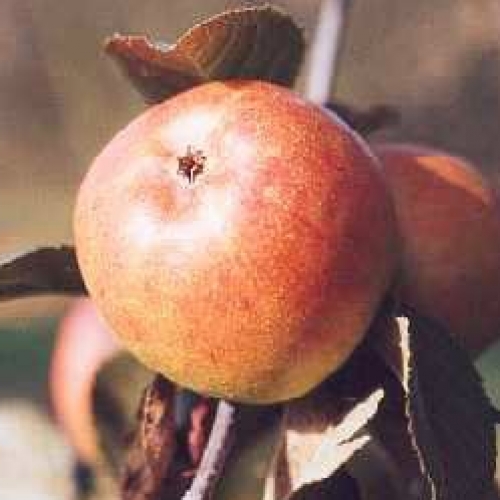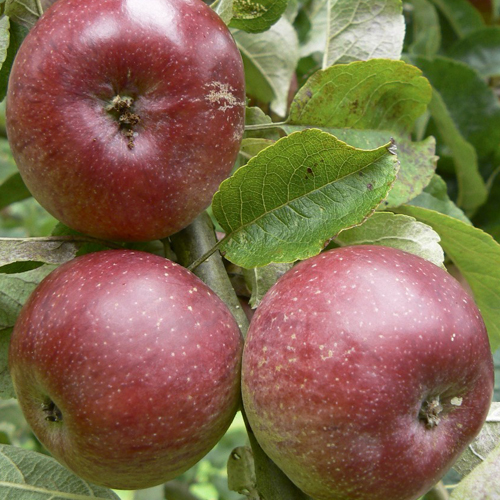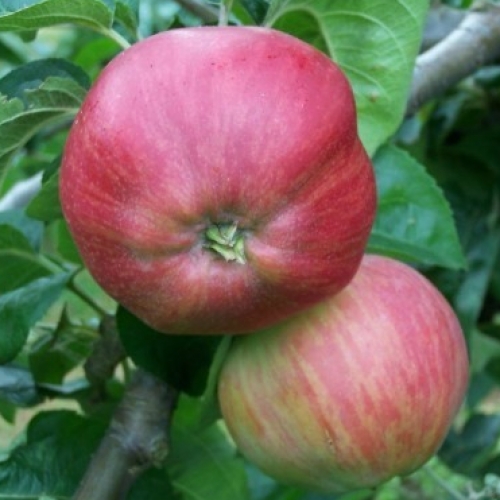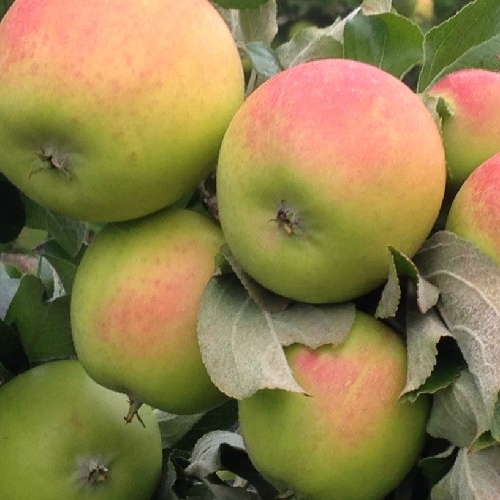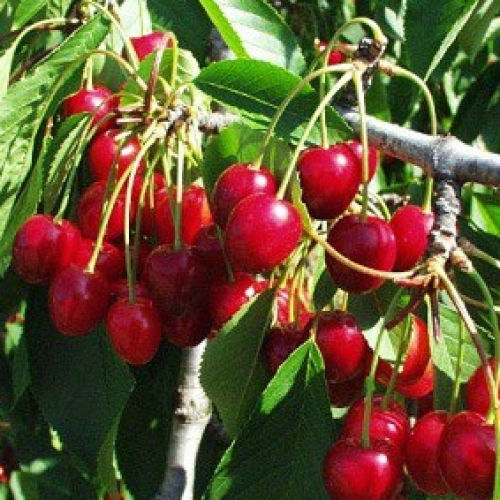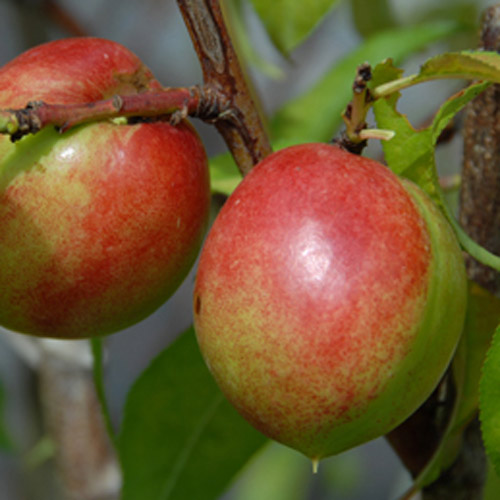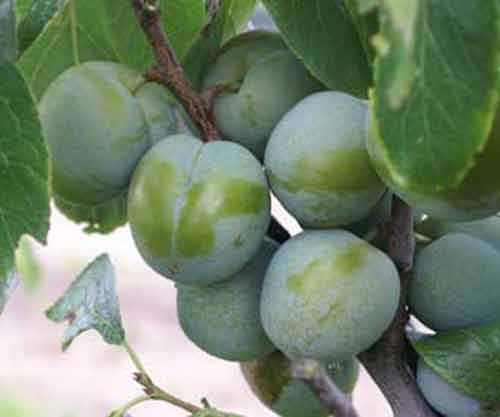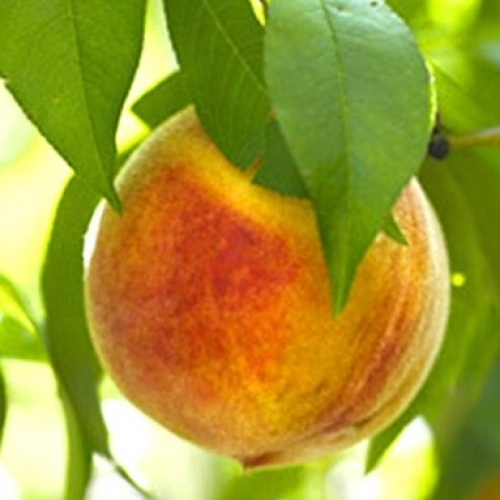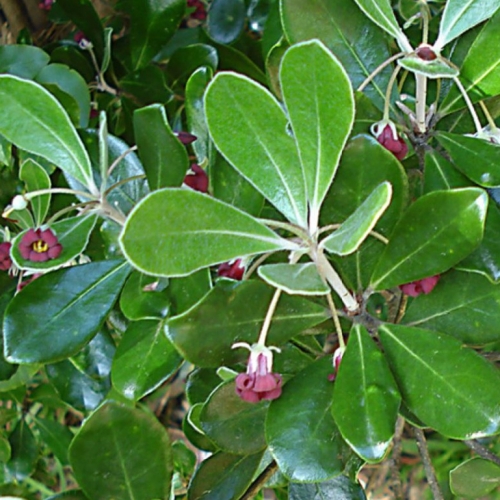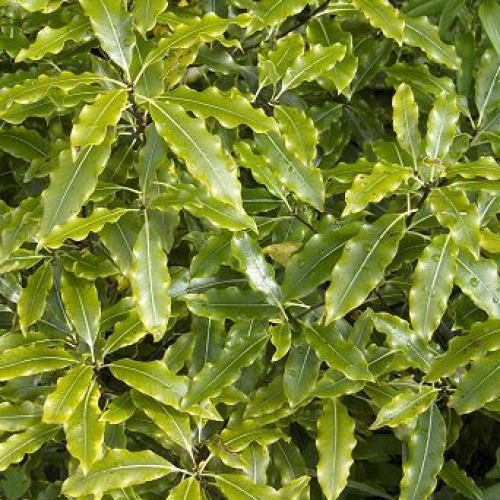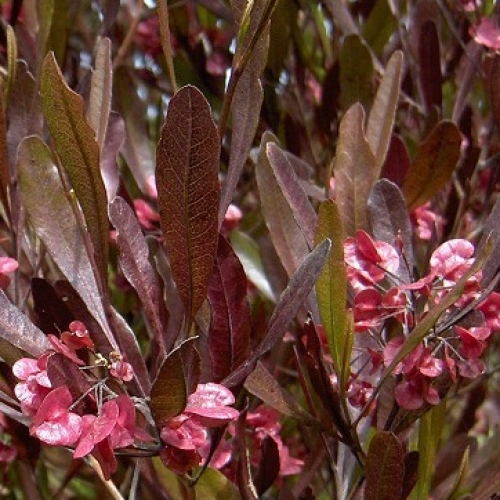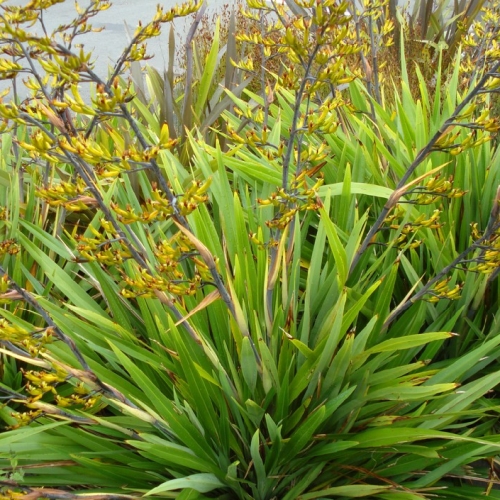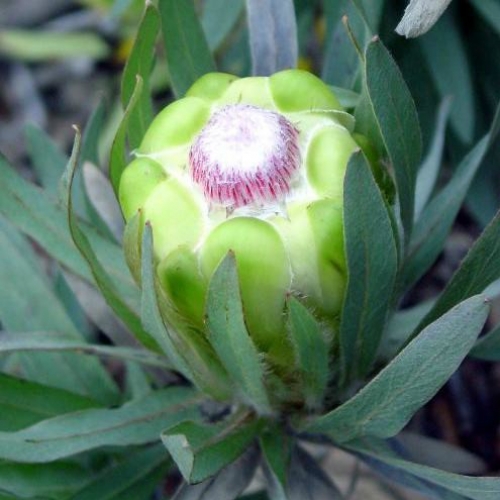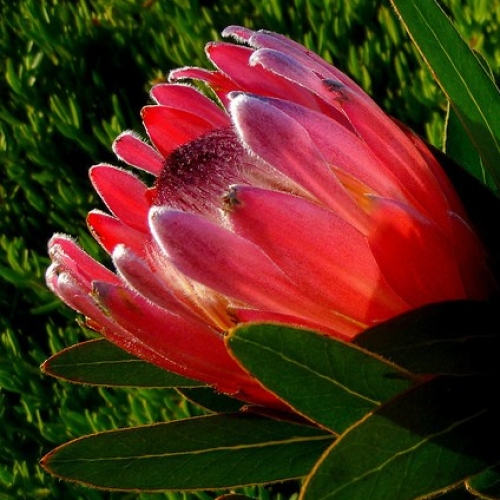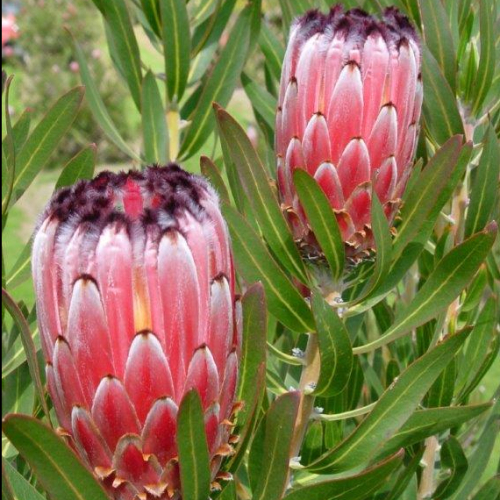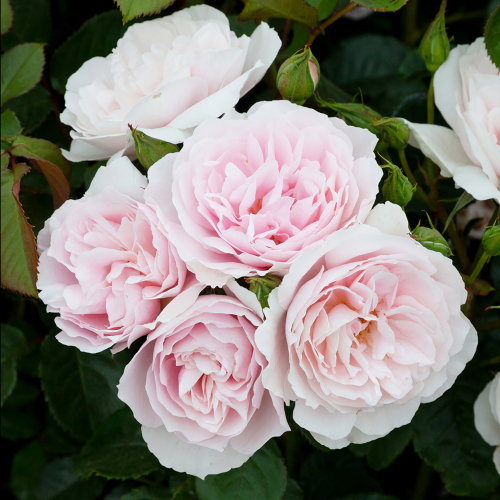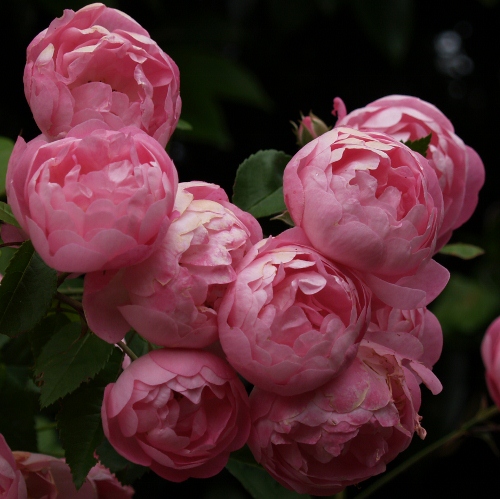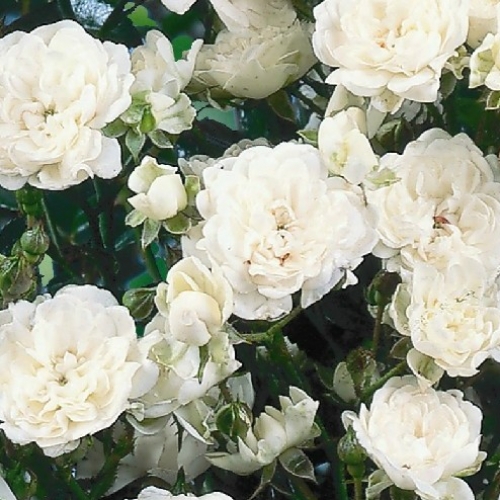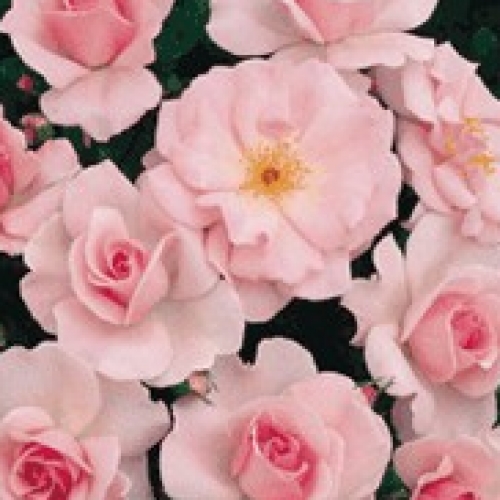Saturday 19th July, 2025
Hi
Carpe Diem or Seize the day! Hi, Tracy here with a blast from the past referring to that classic movie: Dead Poet's Society...it's all about seizing the moment at this time of year to make the most of the winter sunshine and turn those garden plans you have been making into action. Having a plan for your orchard is a great starting point, as a bit of planning goes a long way when it comes to fruit trees.
The sort of planning involved can be helped if you draw yourself some sort of map so that you know which
Fruit Tree varieties you have, which you are needing for pollination, and how many you can squeeze onto your bit of dirt. It can help you remember what is what, when the labels have blown away and memories have faded. What's the big deal about pollinators? Well, it can make a huge difference to how productive your trees are.
For pollination requirements,
Apples are a bit special in that some of them are diploid or triploid. This is just a fancy name to say that they benefit from having other specific apples or
Crabapples nearby to cross pollinate and increase the yield of fruit. The catch is that diploid apples can pollinate triploid but not the other way around. This is due to the diploids having two sets of chromosomes per cell (which is pretty normal: humans are diploid too), while the triploids have three (an extra set) and as a consequence, have sterile pollen. This means that a triploid tree cannot pollinate other apples, and needs to receive pollen from two other varieties to produce a lot of apples itself. Sorry if this is all sounding a bit like "blah blah blah" because in fact, you don't need to know all the scientific ins and outs, just which ones will go with which other ones to produce bucketfulls of delicious apples.
We have captured this info on our website
here (click on the word 'here' to see the page). Luckily apples and crabapples are commonly found in many gardens, so if you are lucky the bees will find another variety in the neighbourhood to visit. Keep in mind that while bees can fly up to 8 km, they tend to stay closer to home (within 1.5 to 5 km). So, a neighbour's apple tree 10 km away is no use to you, but unless your own orchard is huge, bees should have no trouble moving pollen around within it.
My husband has plans to plant an
espaliered apple in our town section which led to a discussion about what variety to choose. While I do love the sweet flavour of the 'modern' apples i.e. those you can get in the shops like
Braeburn,
Royal Gala,
Pacific Rose and
Fuji, I really hate faffing around with spraying and would rather have a variety which doesn't need a lot of care. Having lived next to a commercial orchard for 20 years, I can tell you they do an awful lot of spraying to keep the apples looking their best for export, especially in the Waikato with our humid and wet climate.
Heritage Fruit Trees
People have been growing and cultivating
Fruit trees for thousands of years and many of them have outlived their original owners to flourish for decades or longer. The oldest fruit tree currently recorded is a 400 year old Pear which lives in Danvers, Essex County, Massachusetts. Here in NZ the European settlers wanted to plant food crops which would help feed the growing population. One of Samuel Marsden's pear trees, which was planted near Kerikeri in 1819, is still alive. Some of these old varieties which have been around for generations have survived as desirable plants because in the old days there was no ability to spray and "nurse" plants along. They had to be tough and reliable to survive. Now days there is an increase in interest in these older varieties as people look for a more sustainable and organic way to grow food. There are many great options available in
Apples,
Pears,
Cherries,
Peaches and
Nectarines.
Revegetation time
Grab your gumboots and get outside to beat the winter blues by getting stuck into planting
Natives. Fear the squelch and do it anyway because it's an excellent time of year for getting native trees and shrubs established.
Natives are of course perfectly adapted to New Zealand conditions so if you want some plants to fill a bank or gully, screen-out the neighbours, or attract birds and other critters (insects), you can't go wrong.
Pittosporums, including
Karo/Pittosporum crassifolium,
Lemonwood/ Pittosporum eugenoides and
Kohuhu/Pittosporum tenuifolium, fit the bill for quick growing screening plants.
You can also chuck in some
Akeake/Dodonea for colour and a change of texture.
Flaxes (Phormium) look good all year round, are hardy and easy to grow and look especially good when planted
en masse Phormium Jack Spratt is a small growing brown leaf variety,
Phormium cookianum is the fresh green mountain flax with yellow flowers and
Phormium tenax is the large swamp flax with green or purple leaves which can grow up to 2m.
Proteas
There are few plants as spectacular as
Proteas when growing well. South African natives - they LOVE the sun and enjoy baking hot soil that is sandy and porous. The ideal situation for these beauties is a hot dry spot with perfect drainage. In the Waikato we often have a bit much damp weather in the winter (don't we know it) so planting under the eaves of the house or even in a large pot where you can control how much moisture the plant receives is helpful.
They also are a little fussy when it comes to fertiliser- it's really important NOT to use the common fertiliser which is suitable for most of your garden; instead choose one which is low in phosphate. An example would be
fruit and flower booster (Sulphate of Potash) which is high in potassium, an element that plants need for flowering.
Check out these cool varieties for a bit of garden inspiration.
Protea Coronata An erect vigorous growing shrub which produces terminal green flowers with a tuft of white on the tip.
Protea Magnifica One of the most spectacular proteas with a rounded growth habit and beautiful large soft to deep pink to red flowers in Spring to Summer.
Protea Neriifolia Ruby The most well known Protea noted for its free flowering habit with its red flowers with black tips.
Protea Niobe A beautiful upright shrub with stunning silver green flower bracts tipped with a black beard and a black/purplish centre.
Come and meet the guys from the Waikato Rose Society.. Come armed with all your questions
We had a great session here Wednesday a week ago with the rose society, with quite a few attending to gain some pointers on growing
Roses. There are a couple more happening and these will go ahead rain or shine, hopefully sunshine!
Last Rose Soc. sessions will be on Saturday 19th (1-3 pm) and Sunday 27th (11 am-1 pm). We would love to see you there.
If the weather forecasters have it right then next week should be full of sunshine, well here in the Waikato anyway. This will be a welcome change after several very rainy days. So, if you are planning any pruning, Sunday might be a good time; when the settled, fine weather is due to begin.
Have a great weekend.
Cheers from Lloyd, Tony and the Wairere team.
